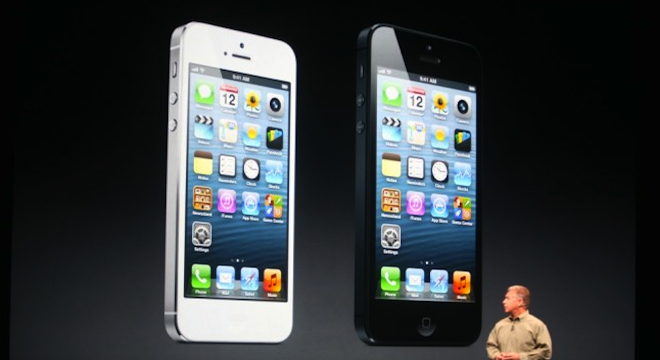Over at BusinessInsider, Henry Blodget has a post up that gets to at a topic I’ve wondered a lot about — both as someone just interested in tech but also as a news publisher. In short, with so many Android devices out there, why does so little mobile traffic seem to come from them?
Blodget has the baseline numbers. Android devices (thus the Android operating system) vastly outnumber Apple (iOS) devices worldwide and they significantly outnumber them in the US market (53% to 34%, according to Blodget). And yet when it comes to actual web traffic, far more of it comes from iOS devices (60% for Apple to 20% for Android) and the same seems to be even more true for people buying things over mobile devices.
Our traffic data is even more overwhelmingly in that direction — something which has shaped the way we’ve approached the whole mobile market.
I just checked out numbers going back to August 1. Around 23% of our site traffic comes from mobile devices (smartphones and tablets) and of that fully 77% comes from iOS devices. 21% comes from Android devices. The trivial remaining numbers come from a mix of Blackberry and Windows Phone.
I’ve mentioned a number of times that TPM’s audience is disproportionately made up of Mac users — not a majority but a much higher percentage than the US population at large. So I’ve assume this iOS dominance stemmed from that as well as the general affluence of the audience. But it seems to be more general.
One place this played out was in our decision to make only an iPhone version of our PollTracker mobile app. I’ve corresponded with many readers about this and a lot of people were really upset, or thought that we were slighting Android users out of Apple snobbishness. As I explained in many individual emails, this wasn’t the case at all. Without a sponsor for an Android version we simply didn’t have the resources to produce two versions of the app. And in terms of our audience, as you can see from these numbers, if it had to be one it was going to be iOS.
So why the differential? Blodget asks, maybe a tad tongue in cheek, “Are Android devices mostly used by digitally incurious people who don’t do anything with them?”
I’m not sure if that’s the wording I’d prefer. But it does seem like it’s on the right track. The answer seems to be some mix of affluence and power-use for lack of a better phrase. If you’re really focused on living through your mobile device — shopping with it, constantly accessing news on it, getting really focused on apps, you’re far more likely to buy an iPhone. The demographics of affluence clearly play a significant factor as well. I suspect that’s why our audience for instance is even more tilted toward iOS than most.
Another way of looking at it is that phone manufacturers over the last 18 months or so have started moving most of the mobile phone population into the ‘smartphone’ category — subscription reupp cycles keep the old phones cycling out on a pretty consistent basis. But most people aren’t living their lives on Twitter or 24/7 news consumption. Most of these people — we might call them people with lives — are getting Android devices and just not using them (for Internet consumption) at anywhere near the rate that iOS users are.
Those last few points are conjecture but conjecture based on a fair amount of data. Curious to hear your thoughts depending on which sort of device you use.









